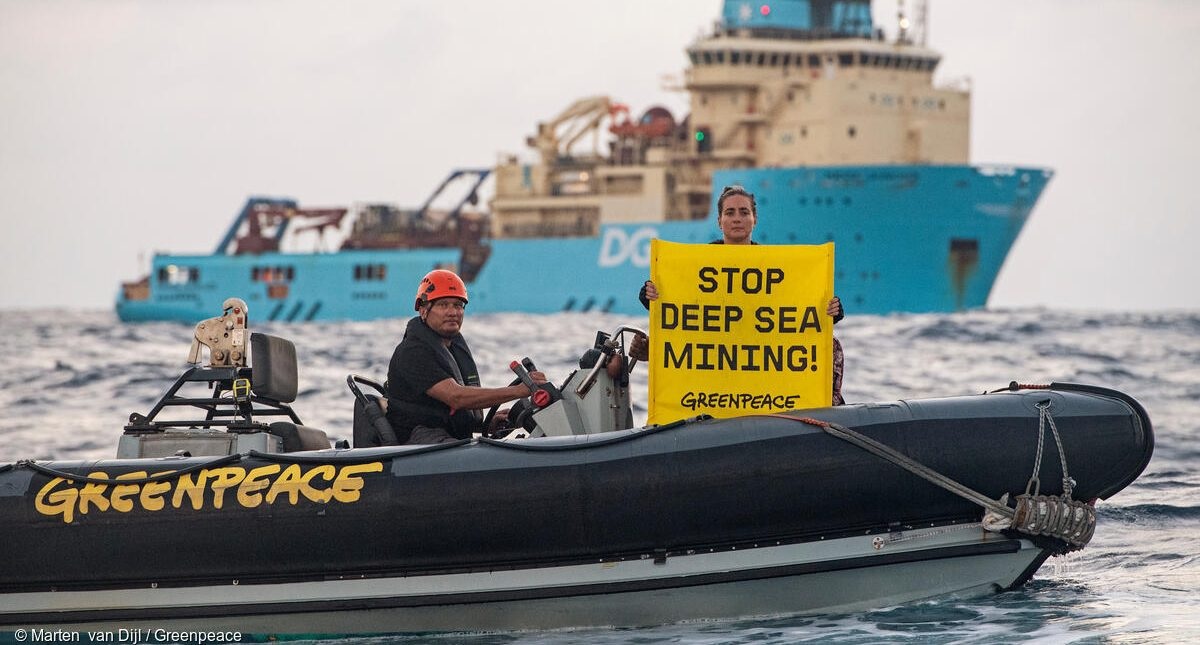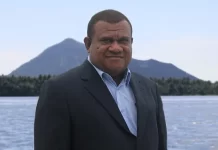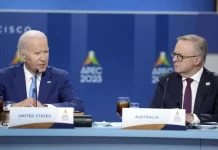National science academies from across Europe have become the latest group to announce their support for a moratorium on deep-sea mining, a proposed but disputed activity that would extract minerals like copper, zinc and manganese from the seabed for commercial purposes.
In a report released 08 June, the European Academies’ Science Advisory Council (EASAC) challenges the widespread claim that seabed minerals are needed to transition to renewable energy technologies, arguing that the necessary metals are available from other sources. The group — an association of 28 national science academies of EU member states, Norway, Switzerland and the UK that provides independent advice to policymakers — also questions the ability of the International Seabed Authority (ISA) to fully and properly assess the environmental impacts of mining in international waters.
The ISA is a UN-associated body established to regulate deep-sea mining in international waters while protecting it from “serious harm” under the United Nations Convention on the Law of the Sea (UNCLOS).
Many European nations and companies currently possess ISA-issued licenses to explore the international seabed for resources, although exploitation has not yet begun. Norway also plans to mine the seabed in its territorial waters and nearby continental shelf.
Next month, members of the ISA will meet at the agency’s headquarters in Kingston, Jamaica, to discuss whether deep-sea mining should be allowed to proceed and what rules should govern such activity. Two years ago, the Republic of Nauru, a Pacific island state, invoked a “two-year rule” that urges the ISA to agree upon mining regulations that would enable exploitation to begin. Nauru sponsors Nauru Ocean Resources Incorporated (NORI), a subsidiary of Canada-based The Metals Company (TMC). TMC has previously said it is looking to begin extracting minerals from the Clarion-Clipperton Zone (CCZ) in the Pacific as early as 2024 after it applies for an exploitation license sometime this year. The company already undertook a deep-sea mining test in the CCZ in 2022.
Michael Norton, EASAC’s environment director, said the claim that deep-sea mining is necessary for a green energy transition is “misleading.”
“Deep-sea mining would not provide many of the critical materials needed for the green transition and other high-tech sectors,” Norton said in a statement.
The report references a 2020 study published by the European Commission that found that while there was a moderate supply risk for metals like cobalt, other metals, such as manganese, nickel and copper, had low a very low supply risk. It also refers to an ISA report that found that in the highest-production scenario, which is based on the assumption of 12 to 18 parallel mining operations, deep-sea mining would account for 50 percent of the current annual demand for manganese and cobalt, but only 20 percent of current nickel demand and just two percent of the larger copper demand.
In a press briefing, Norton said there was also “huge” potential for obtaining metals via recycling processes, but that this potential was underutilised.
“There are some very important first steps being taken by the [European] Commission to recycle batteries,” Norton said. “And we see that as the first step to a much more efficient recycling policy within Europe, and, by implication, would recommend that to other countries as well [to reduce] the demand for virgin materials.”
The report also states that “it is not yet established what level of environmental harm would be regarded as serious or significant enough to justify refusal of a contract,” which calls into question the ISA’s decision-making processes when it comes to issuing mining licenses.
“The debate on serious harm has only just started and is nowhere near being quantitative,” Norton said. “If the ISA gives a contract, then it judges by definition that it is not serious.”
While there are many knowledge gaps around the impacts of deep-sea mining, vast swaths of the seabed will be damaged and the biota killed, Lise Øvreås, a professor at Bergen University in Norway and member of the EASAC, said in a statement.
“There is also a risk of substantial secondary effects from the large amounts of sediment released,” Øvreås said. “The seabeds have taken thousands of years to form, and the damage will be irreparable on similar timescales.”
A recent paper published in Current Biology compiled a list of 5,142 species yet to be scientifically described in the CCZ, 90 percent of which were in areas earmarked for deep-sea mining.
However, the amount of life in the deep ocean is still being debated. On its website, TMC references a PNAS study that states that “terrestrial biomass is about two orders of magnitude higher than marine biomass.” The company says there’s far less life in the CCZ than on land, making it “one of the least populated areas on the planet.”
“While we cannot promise that no species will go extinct in the deep sea, we know we can do much better than the status quo when it comes to metal production,” TMC said on its website when accessed on June 9. “Mining on land has driven species extinction and biodiversity loss for centuries.”
Norton acknowledged that terrestrial mining can be harmful, and said deep-sea mining is often referred to as the “lesser of two evils.” But there are differences, he went on.
“Terrestrial mining is under our control,” Norton said. “The environmental impact is controllable; the human rights abuses are stoppable with appropriate governance and appropriate determination by the politicians.” By contrast, he said, deep-sea mining is “out of sight,” making its actual impacts unknowable and unmanageable.
The EASAC also points out that the ISA’s mission appears to run counter to both the Convention on Biological Diversity and the so-called BBNJ agreement to increase marine biodiversity protection.
“Further thought may be required if direct conflicts are to be avoided between the objectives and missions of these conventions,” the authors write in the report.
Matt Gianni, a political and policy adviser for the Deep Sea Conservation Coalition (DSCC), told Mongabay he believes the EASAC statement will carry considerable weight in the deep-sea mining debate and may influence policy decisions, not only in Europe but beyond.
“It reinforces the message that we’ve been putting out: that you don’t need to go deep-sea mining to get the metals necessary to transition to renewable energy economies and for use and renewable energy technologies,” Gianni said. “It’s a false narrative.
SOURCE: MONGABAY/PACNEWS















